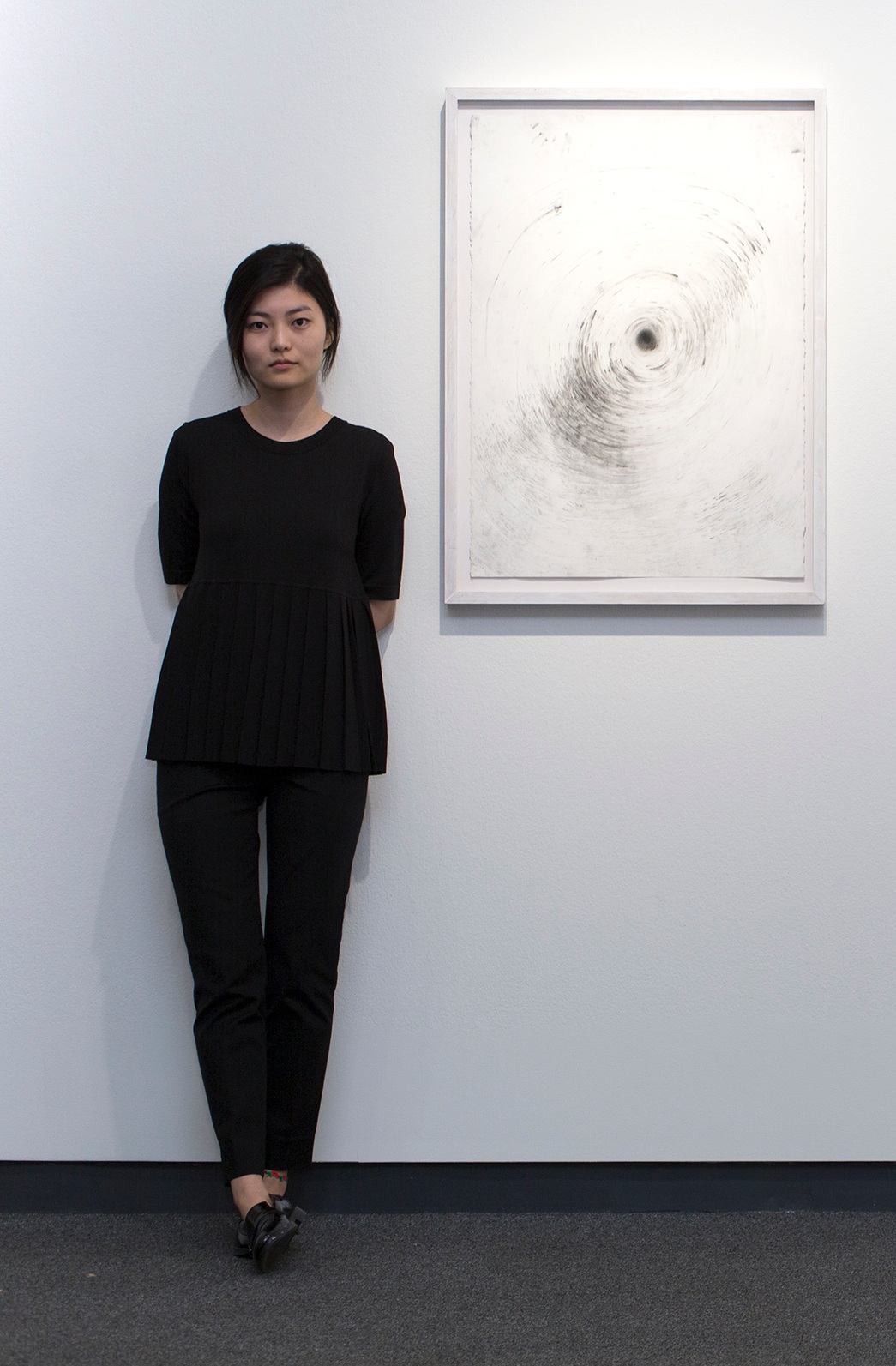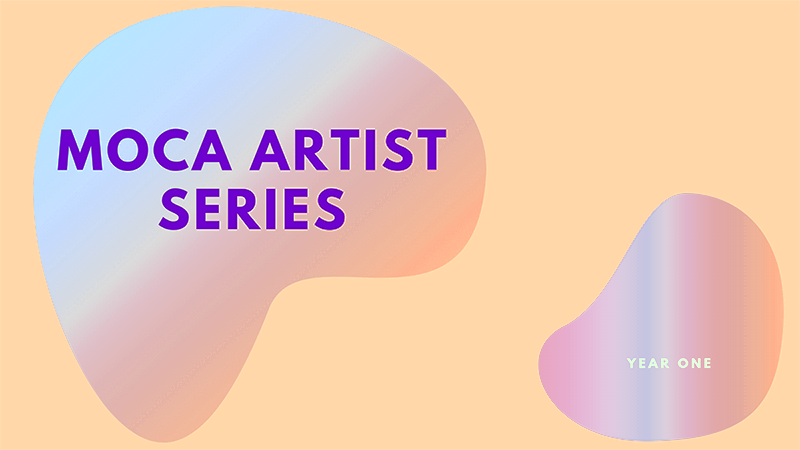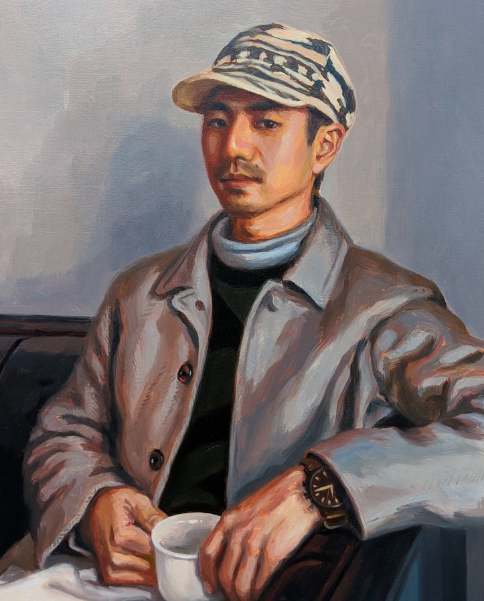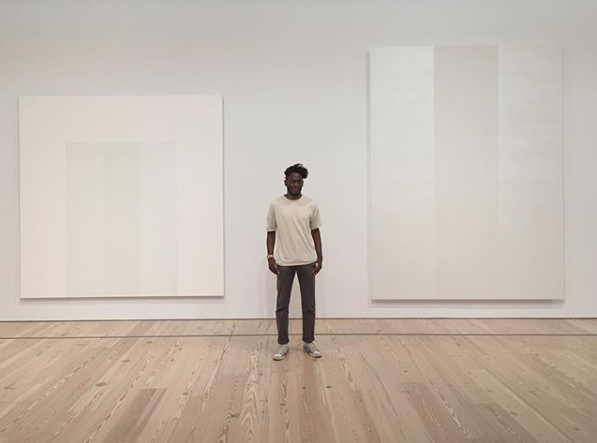Jennifer Dany Aubé, Subin Ee and Sara Mozafari
There is only one month left in Year 1 of the Akin Studio Program at MOCA , a unique studio residency program in partnership with the Museum of Contemporary Art Toronto Canada.
Akin is honored to continue sharing profiles of the remarkable group of artists from our inaugural cohort. We have posted profiles of some of the artists throughout the summer and will continue until mid September; you can click here to see previous posts. Today we are happy to share profiles of three of the Year 1 artists, Jennifer Dany Aubé, Su Bin Ee and Sara Mozafari.
Image source: Jennifer Dany Aubé
Jennifer Dany Aubé
Jennifer Dany Aubé grew up in Hamilton, and studied fine arts at the University of Quebec. She was recognized as one of the emerging artists of the region upon graduation. Since Jennifer has travelled extensively, lived in India for 1.5 years, studied Yoga and volunteered at several yoga ashrams for several years. These experiences greatly influenced her art. Her artistic explorations started by experimenting with various textures to abstractly evoke the different textures that exist within the body. Removing the skin from the imagery removes the external focus of gender, race and physical beauty, to reveal the inner spirit that lies within the flesh.
As her Yoga practice grew, the aesthetics of her works changed, and her gestural movements became pregnant with more meaning. Jennifer’s recent works are called Yantras, sacred forms in which energies are held, and a visual tool used during meditation. Her work aims to ‘scratch the surface and reveal the light underneath’.
Image source: sheridanartsblog.com
Subin Ee
Drawing is a primary practice in Subin Ee’s work. She sees drawing as a form of a language: an instinctual language, that does not require a symbolic syntax like a spoken language. However, it is similar in a sense that it is also immediate. In her drawings, Subin’s body is translated into lines and shapes. Her primary goal is to capture a fleeting moment. Her drawings therefore reflect the presence of her body through gestural mark making. She lays down multiple of layers using hard ground mediums such as charcoal, india ink, and black pastels, then she starts to erase the image. She will scrape the image, pour water and oil, scratch with a fork, apply gesso and white charcoal. The result is a collaborative image with herself, paper, mediums, and the surface that she lays the piece onto.
She is interested in the life of the drawings after completion. When the drawings are installed, the piece is capable of having conversations with the viewers.
Image source: www.instagram.com/sara_mozafari_art
Sara Mozafari
Sara Mozafari was born in Tehran, Iran, in 1981. Having grown up through the war between Iran and Iraq, and the suppression of the political and social activists, religious minorities, and women, social issues became the primary concern in her life and they were reflected on her artworks. Naturally, she was drawn to oil painting and had her first group exhibition in 2000 in Iran. She started studying Fine Arts Studio at Centennial College after she moved to Toronto. It was then when she was introduced to sculpture and installation art and noticed the significance of space in expressing an idea and experiencing an art piece. That led her to continue her study in Architectural Studies and Visual Studies at the University of Toronto and graduated with distinction in 2017.
Although in all these years she explored and applied different mediums, techniques, and styles to create artworks, she has found common ground which ties all the forms of art that she has exposed to, and that is Iranian social and political issues in a way she has experienced them.
You can see work by Jennifer, Subin and Sara from now until–September 8, 2019 at the Museum of Contemporary Art Toronto Canada (MOCA) as a part of An Index. The exhibition An Index comprises work in a variety of media from sculpture, to video, to new wall murals by the first cohort of Akin residency artists who entered the year-long studio programme in September 2018.
While the participating artists’ practices range widely in terms of conceptual approach, style and media; they have also been influenced to some degree by the experience of sharing and conversing within an open-plan studio structure for the last nine months.


































